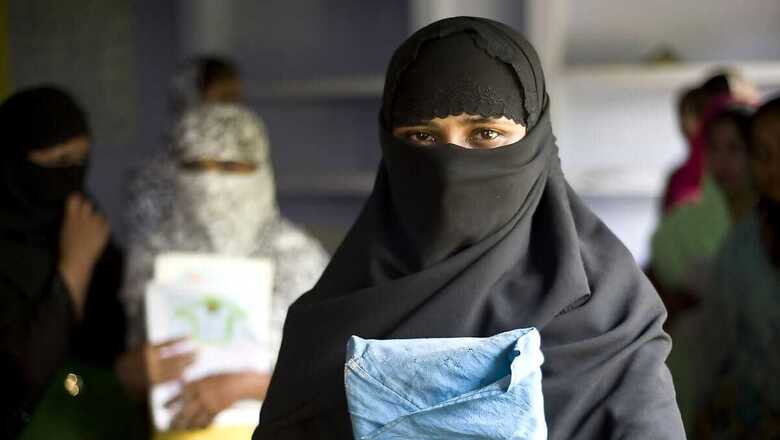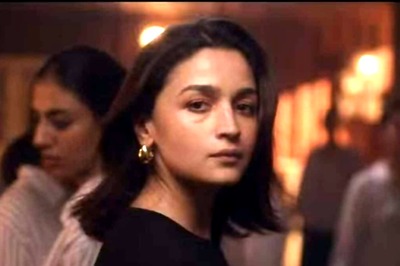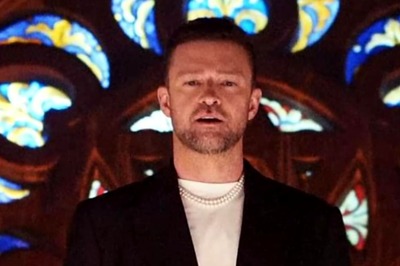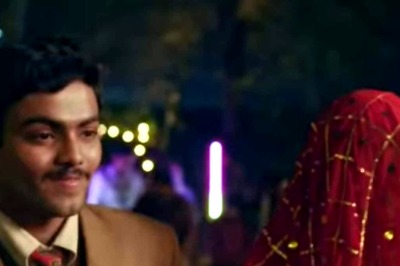
views
Muslim Personal law is the only personal law that permits the marriage of girls below 18 — legally. No statute has reformed it. Despite criticism, the customary law has thrived and survived because it has been supported by the conservative within the community and even protected by the courts.
In the last article of this series, we spoke about why the Shariat Application Act of 1937 must go. The Act is not just a remnant of the troublesome past of Partition but also shields regressive customs. The Act provides legal sanction to the marriage of minor girls and provides blanket protection to religious practices without any codification. It is because of the Shariat Application Act, 1937 that even statutes like the Prohibition of Child Marriage Act, 2006, do not ‘apply’ to the Muslim community and even the courts have protected such practices.
The Punjab and Haryana High Court had held the marriage of a 15-year-old Muslim girl child as valid. The position is not new. Even earlier, various judicial pronouncements have said that Prohibition of Child Marriage Act cannot override the Muslim Personal Law. The courts have cited the Muslim Personal Law and Shariat practice under which a girl can be ‘legally’ married off once she attains puberty.
The matter is now pending in the Supreme Court for final consideration whether girls under the age of 18 can be ‘legally’ married off under the garb of personal laws. After 75 years of Independence, does the democratic republic of India permit the marriage of girls under 18? If so, then why? And what stops the elected government from outlawing such an acrimonious position in law.
While the demand for a uniform age of marriage awaits a final consideration from the Supreme Court of India, one is reminded of another landmark case at the Supreme Court that ‘read down’ the exception under the Indian Penal Code which allowed sexual intercourse with a minor wife. The Supreme Court ruled that sexual intercourse with a minor wife is ‘rape’, clarifying the position in 2017 in a landmark judgment of Independent Thought vs Union of India.
Reading down the provision of the Indian Penal Code that allowed the husband of the minor wife between the ages of 15 and 18 to have intercourse with them, the apex court ended an anomaly in law.
Child marriage is a punishable offence in India, yet a maze of personal laws obfuscates the scenario even after the judgment of the Supreme Court.
While the complex issue of a Uniform Civil Code is being discussed in India, even its staunch supporters cannot deny the challenges that lie in the way of implementing UCC. The Uniform Civil Code cannot be one stroke of statute of legislation. If one imagines that one day the government shall bring one law that ends all customary practices, then you have clearly underestimated the complexity. UCC will be a series of reforms, changes, amendments, and repeal. But few steps can be taken by the government which are not so difficult.
The Prohibition of Child Marriage Act should be applied to all communities. No customary practice should prevail. This is a strict position that the law must undertake. The government must bring in amendments to the Shariat Application Act, 1937 — if not a complete repeal. The customary practice which sanctions the marriage of girls above the age of 15 not just violates the judgment of the Supreme Court but is also covered under the special statutes that guard children against sexual abuse.
If sex with minor wife is rape, irrespective of her marital status, sex with minor wife should be ‘rape’ irrespective of her religion as well.




















Comments
0 comment